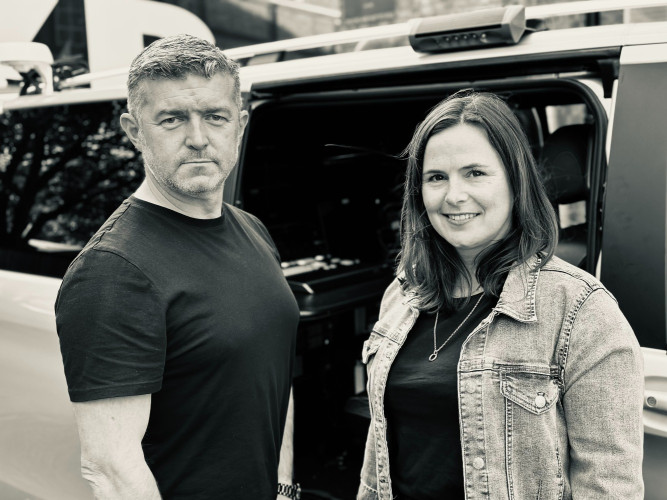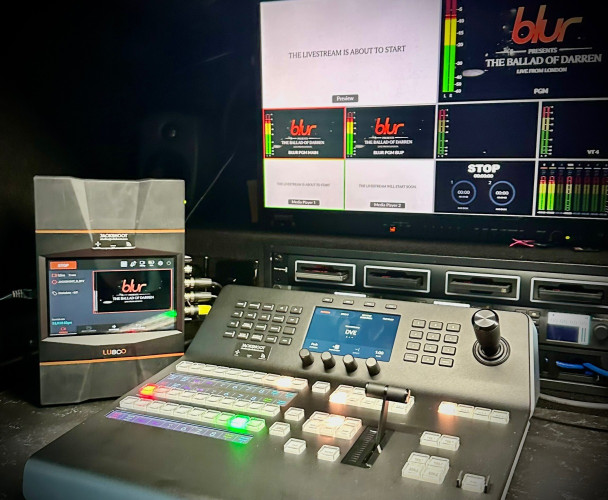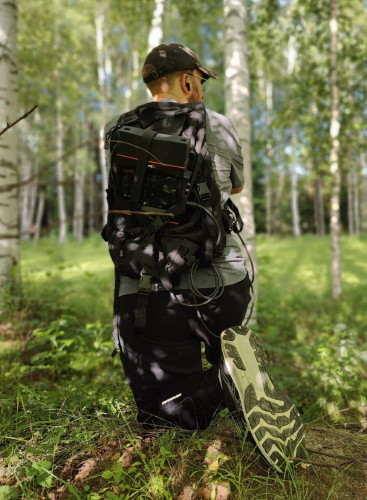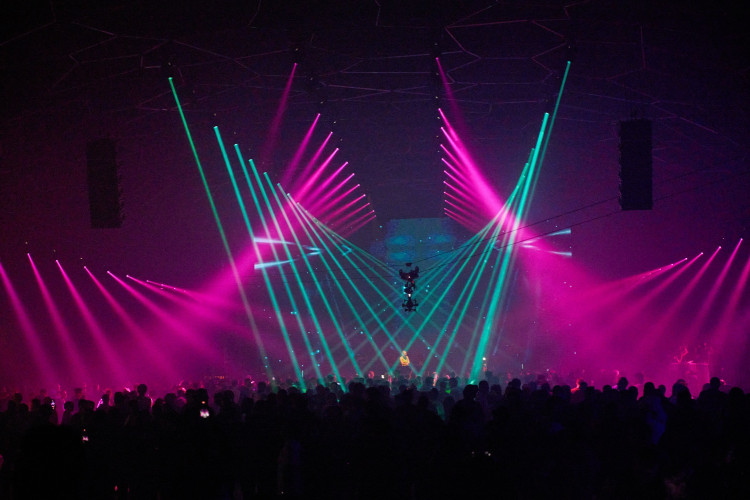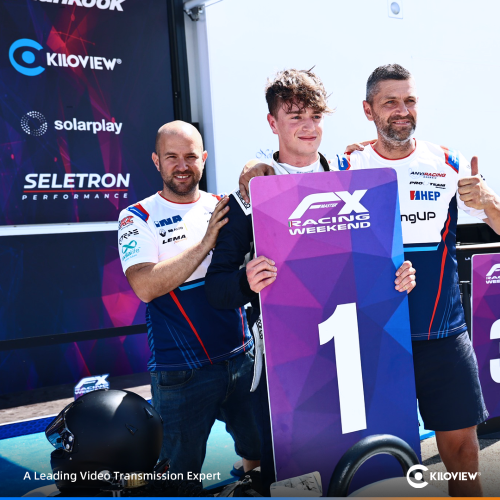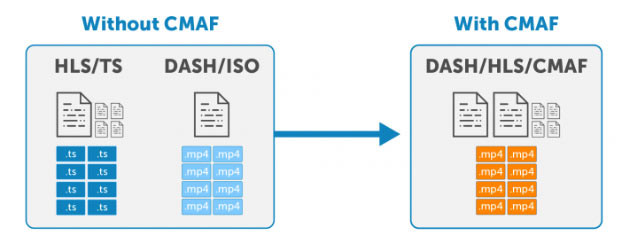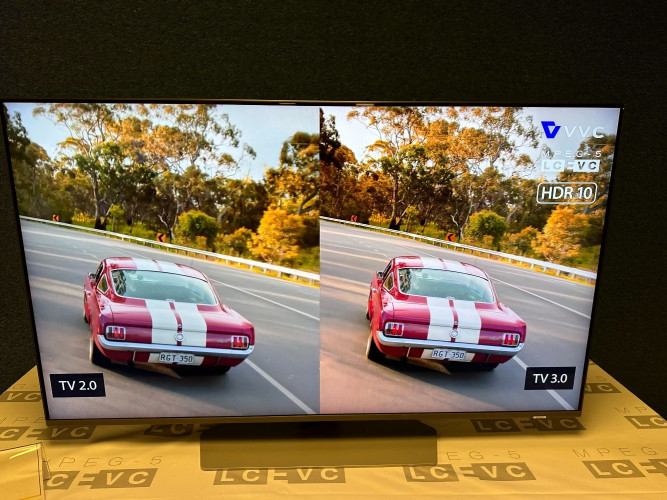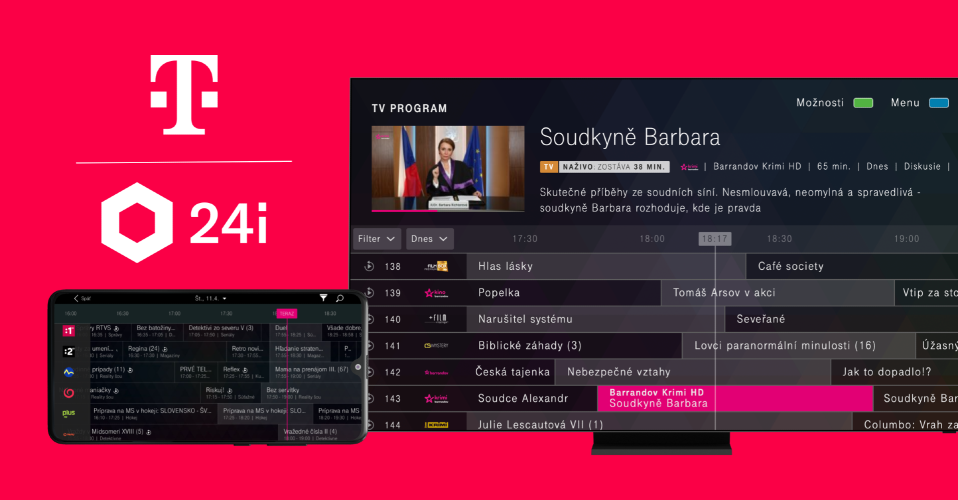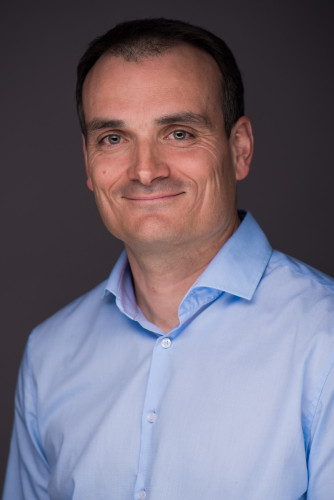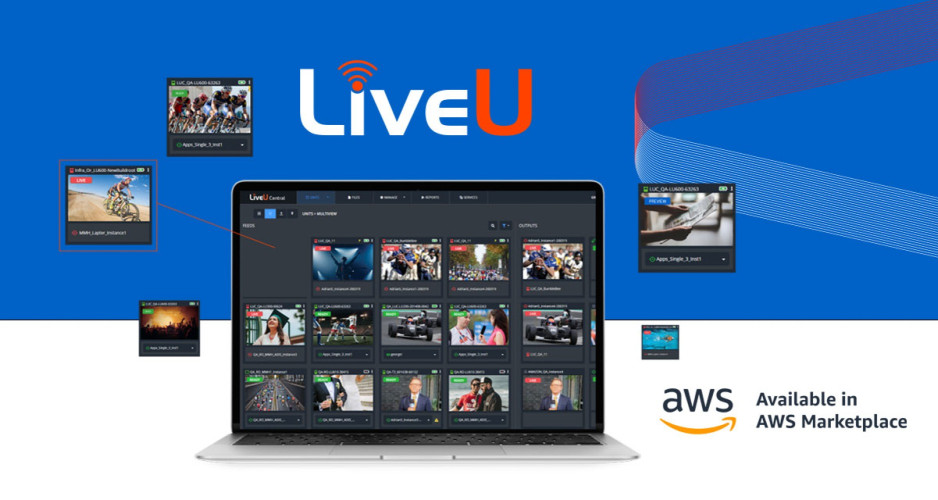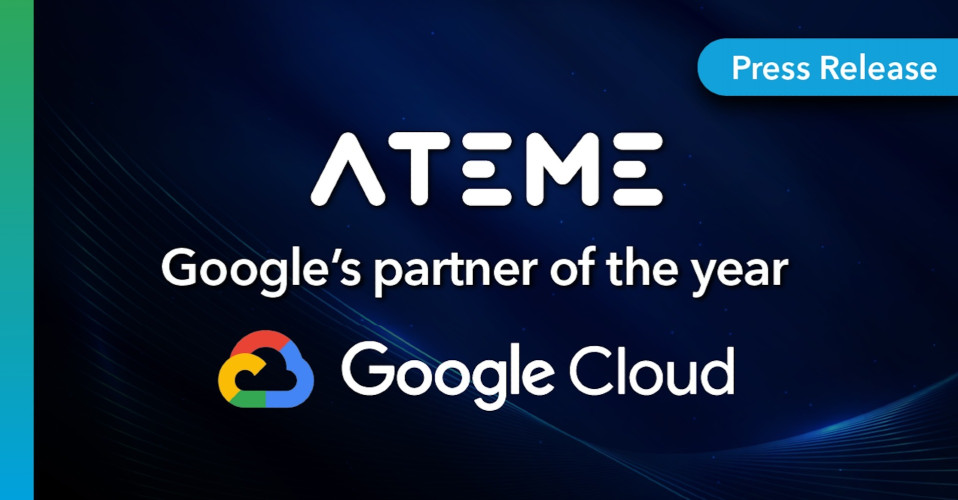“Why are people still using SNGs when there’s the reliability, mobility and flexibility of IP-bonding, and that’s without factoring in greater sustainability? It's always surprising to us that some people, when we discuss LiveU with them, still haven't recognised the truly disruptive nature of this technology and the benefits it brings. But that is rapidly changing now.”
So says Simon Haywood, Founder of the trusted online broadcasting experts, Jackshoot, and Managing Director, Abi Hemingway. It’s a bold statement, no doubt, especially from a company that, although well known in many circles with a reputation for excellence and a mission to deliver “online broadcasting done the right way”, has seldom courted publicity.
With a high-profile client list to die for, Haywood confirms, “We’ve never really got involved with PR,” adding, “In some ways we’re kind of a best kept secret.”
In 1998, Haywood and colleague, Ken Coppel, worked for Mediawave, one of the first streaming companies in the world, based in the UK. In 1999, that company covered the opening of the Scottish Parliament, back in the days of Windows Media Player and Real Player as the main technologies. Haywood says, “There are very few people out there who have the same level of experience and sheer number of hours of moving around live video as myself, Ken and Abi. That project ran out of steam by about 2004.
“In 2006, I was still being asked ‘can you come and help us stream this using Windows Media Player? Then broadband landed and we needed a name for all this work. That’s when Jackshoot was born.” He adds, "It’s a long drive back to the Midlands after working in London so failure wasn’t an option." Jackshoot has two, diverse, MCRs, one in BT Tower and one in the Midlands.
While highlighting broadband as life-changing – before that it was ISDN or Ku-band SNG back to an MCR – Hemingway says the rise of streaming platforms was equally as important. “Before YouTube launched a live product, we had to charge everybody for hosting costs. We had to tell people if X amount of people are likely to stream something then there’ll be Y cost. That was a pretty hard sell. People understandably didn’t like the inherent uncertainty of it, nor the fact that it punished success; the more people watched the more it cost our client!
“With YouTube, there was already an audience built in and, of course, it’s free. That’s when live streaming really took off. We saw the same surges when Facebook entered the live content space and to a certain extent the same with Twitter. There’s been a recent spike with TikTok too. Obviously broadband enabled this all as we no longer had to force video down dial-up connections. But we never let that stand in our way. Still to this day we handle lots of projects where there’s zero connectivity. Clients are great at booking amazing venues for their product launches but then there’s no internet connection. You’d think this wouldn’t be a problem in 2023, but it is.”
Enter IP-bonding, specifically LiveU, as Haywood explains that the two things are interlinked for Jackshoot. Back in 2011, The British Fashion Council wanted coverage of not only the main site shows every few hours but also the offsite shows, at all of the other venues around London, that happened on the hour, every hour.
Hemingway explains, “Every few hours we’d come back to an on-site show but in between we’d bounce around all these other venues – 10 venues per day – and very few of them had organised any internet connectivity. Either way, we had to run a 24/7, five-day YouTube channel for the British Fashion Council, which was also available to event partners to display in their event spaces, including big screens on Carnaby Street, for example. The only solution for us was LiveU. This was what we called our first remote production. Maybe we were a first with remote production!”
It's another bold claim and there’s validity to it. Hemingway says, “Of course, nowadays this is a popular way of working but it wasn’t back then. We were sending crews out with a camera and operator, and a LiveU unit and operator, working as a team. Those teams would move around London, leapfrogging each other to bring the next on-the-hour show to viewers.”
Jackshoot had LiveU servers at BT Tower and four LiveU units – main and backup at the main show space that they’d go live to and then they’d either cut to a loop of content or roving team A or roving team B, depending. Then back to the main show, if it was ready, and so on. “We’d bounce between the three LiveU teams,” she adds.
“It was an incredible learning experience for us and what LiveU could do. The mobility, speed of deployment and overall ability to solve connectivity issues was game-changing. We pulled the signals into our MCR, adding graphics, running VTs – a proper remote production,” she says.
Haywood adds, “The way the LiveU error correction worked as the audiences built up was very impressive. Yes, of course, given available bandwidth at the time, there was a compromise to be made – from approx. 7Mbps down to 2/3Mbps – but with any other kit we tried, it would result in an unwatchable picture. This didn’t happen when we used LiveU.
“The way LiveU Reliable Transport™ works, there was no drop in frame rates and it would also prioritise the audio, if needs be, which is vital for viewers. Anything else we tried wouldn’t work. Nowadays, when we’re in the field doing online broadcasting, we don’t do any RTMP feeds to any platforms unless it’s from our MCR. This means when we are on-site – award shows, to the Harrods Beauty Studio that we’ve built for them and so on – it’s always LiveU back to the MCR.”
Back to the opening point, Jackshoot questions why prime time TV signals have to go to “space and back twice”, as Haywood says, “when using LiveU works perfectly.” In the last year or so, Jackshoot has seen a significant rise in broadcasters going to facilities companies, asking for tertiary IP backup, and that it has to be LiveU.
For broadcast TV, Jackshoot is often on-site with the Outside Broadcasts (OBs) for live events. “We’re often asked for a facility line and using a person with a field unit to do this is a very reliable and cost-effective way. And, of course, there’s the sustainability aspect to this as well, with that now a key concern for so many. There really should be a significant increase in the use of, and emphasis on, lower carbon options,” adds Hemingway.
Today, Jackshoot also offers the ingesting of LiveU feeds and satellite uplink. So, if a customer wants to do a satellite uplink, there’s no satellite truck involved. “Customers use a LiveU unit, downlink the feed to us for a small hourly fee and then we send that to BT’s Madley Communications Centre and it’s uplinked there,” says Haywood, adding, “Likewise, if a customer has a receive server, they have the entire reach of BT Tower. We can downlink any satellite feed from the Tower ports and move it to a LiveU server.”
Both also highlight the global possibilities afforded by LiveU. Haywood says, “If we have to cover, say, Jack Johnson in Hawaii then I can get our LiveU person in LA on a flight and know they can deliver facility line or SNG quality using an LU800, or pair of them, without any worries. And at a very affordable price point. We just know it’s going to work. The LiveU EcoSystem, both from a technology and reach points of view, is global. Jackshoot can be there, set up and working quickly, getting done what’s required, and then back from wherever the event is equally as quickly.”
Haywood has the final word, “I absolutely agree with anyone who says this technology is disruptive: it truly is. Be it primary content acquisition on through tertiary backup of broadcast signals, it now defines a huge amount of what we do.”



